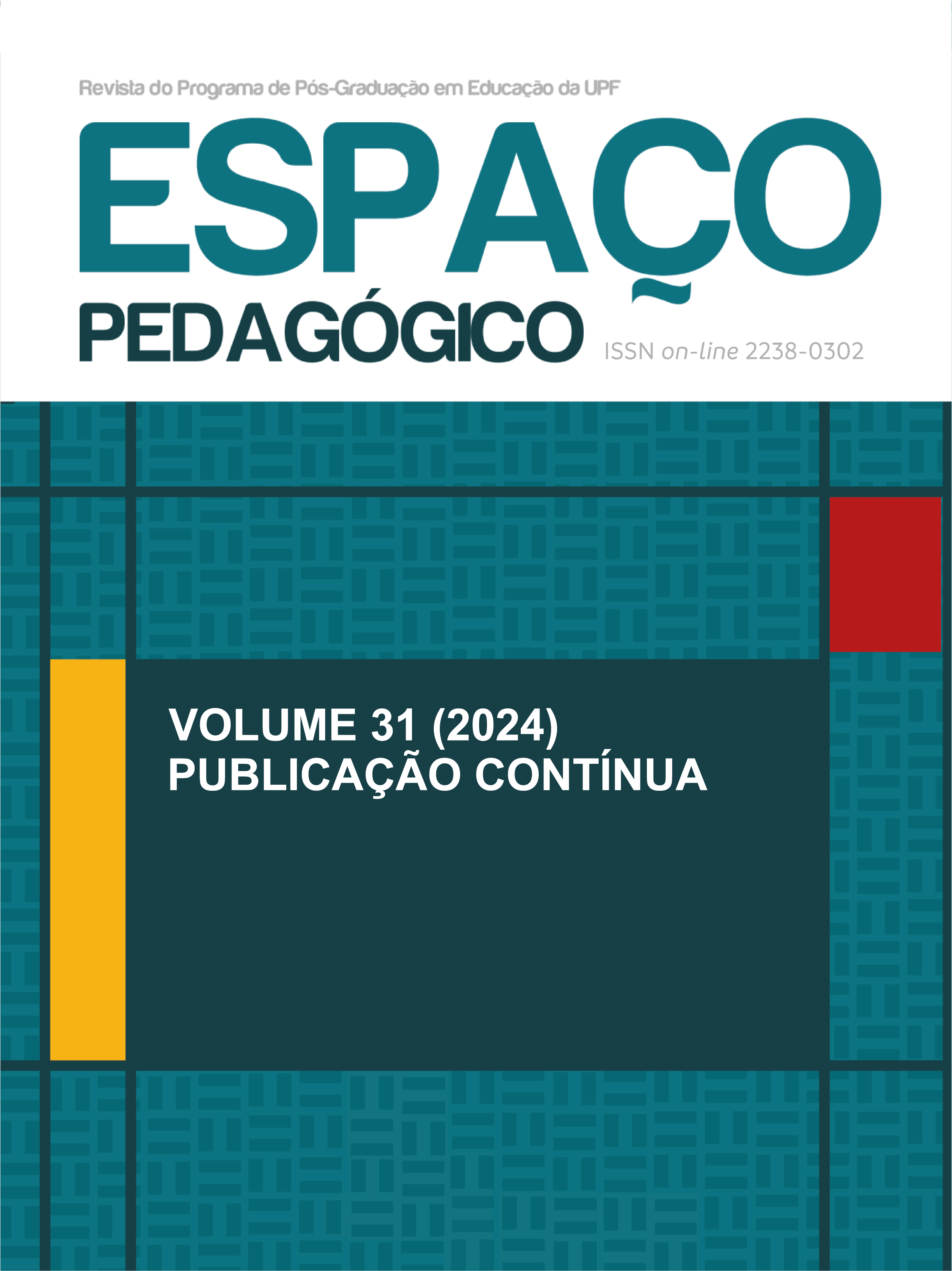The importance of visual literacy, and linguistic accessibility in inclusive education
DOI:
https://doi.org/10.5335/rep.v31.15483Keywords:
teaching, accessibility, people with hearing impairmentAbstract
The school provides an environment full of stimulation for language acquisition and integration into social practices. We highlight visual literacy as an important concept in the education of students with hearing loss. This article aims to consider the process of linguistic and academic development of these students, highlighting the bilingual proposal, basing visual literacy as an important factor in this process, combined with the use of accessible strategies and teaching materials. The methodology used was exploratory research, a qualitative narrative bibliography, we analyzed previous studies and academic records. We conclude that the time of the image is the time of the word, as it requires the bilingual teacher to use the appropriate way of creating materials for students, encouraging, and presenting concepts in such a way that they are internalized and externalized significantly with autonomy. We conclude that the visual potential for learning and social integration of these students depends on linguistic accessibility, the training of bilingual teachers, and the use of elaborate visual materials.
Downloads
Downloads
Published
Issue
Section
License

This work is licensed under a Creative Commons Attribution 4.0 International License.




